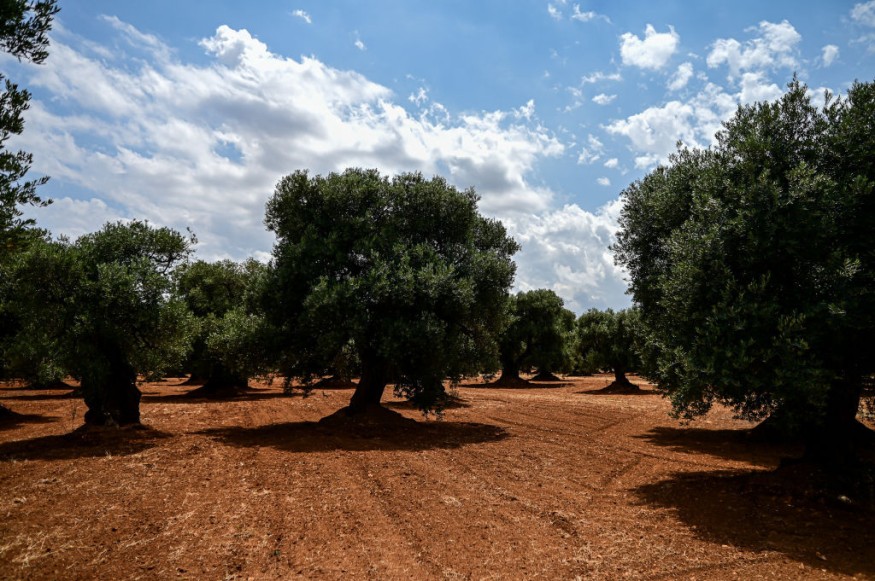A recent study reveals that climate change is likely to push tree species into colder and wetter parts of their geographic range.
Combining data from all over Europe and North America, the study, headed by the University of Alcalá (UAH) in Spain and some experts from the University of Birmingham, demonstrates that tree species in the Northern Hemisphere are beginning to become denser in colder and wetter places.

Tree Density Is Changing Due to Climate Change
The study, which was published in the Proceedings of the National Academy of Sciences, offers the first quantitative proof that the number of trees of each species in temperate forests is changing on a continental scale due to climate change.
Researchers evaluated the information of more than two million trees from 73 different species that are common in Europe and the United States.
They examined if there are links between the differences in tree density and specific characteristics in each species, such as their ability to disperse or develop resistance to drought. Crucially, though, the study did not pinpoint a single characteristic of the tree species as being essential to these modifications.
According to Julen Astigarraga, the principal author of the study and a researcher at UAH, the absence of a defining characteristic implies that most organisms have some degree of adaptability.
Planning for the conservation, management, and restoration of ecosystems requires an understanding of how forest species are adapting to climate change by becoming more densely concentrated in these more northern locations.
"Some tree species which are currently used for ecosystem restoration in Europe may no longer be suitable in these regions in the near future," says co-author Dr. Thomas Pugh, of the University of Birmingham and Lund University.
Read Also : Amazon Rainforest's 12,000 Tree Species Recorded in 300 Years, More Species Left to Discover
Forest Conservation
If substantial reforestation programs are not implemented, their capacity to efficiently take carbon dioxide out of the air and sequester it will be greatly limited.
The project was a clear demonstration of international teamwork as 12 countries were incorporated by the experts while North America and Europe, over 125,000 forest plots and experienced data analysis.
According to Adriane Esquivel Muelbert, a specialist in forest ecology at the University of Birmingham and co-author of the publication, the research saw immense global endeavor in bringing together information from multiple places.
Essential data from these forest inventories are needed in order to help us understand more about forest dynamics and their resilience to climate change.
The underlying process remains unclear as the observed changes in climate-driven density did not clearly correlate with species features related to drought tolerance, recruitment and dispersion capabilities, or resource usage, nor with the temperature or aridity affiliation of the species.
Policies for forest conservation and related management approaches may want to take into account projected long-term shifts in a species' range in addition to incorporating recent changes in within-distribution density.
In a period of unparalleled environmental change caused by human activity, species-specific data on the direction and amount of climate-driven changes in density can form a significant input for conservation, management, and restoration efforts.
Related Article : Atlantic Rainforest Faces Massive Loss of Endemic Tree Species by 80%
© 2025 NatureWorldNews.com All rights reserved. Do not reproduce without permission.





